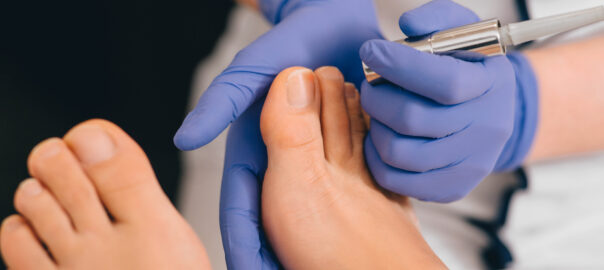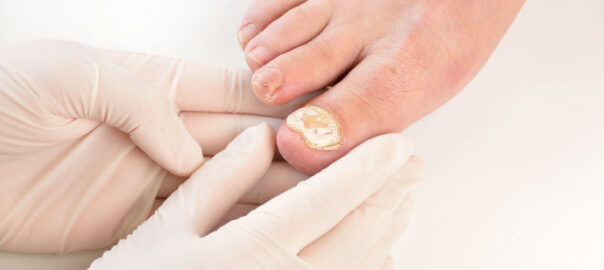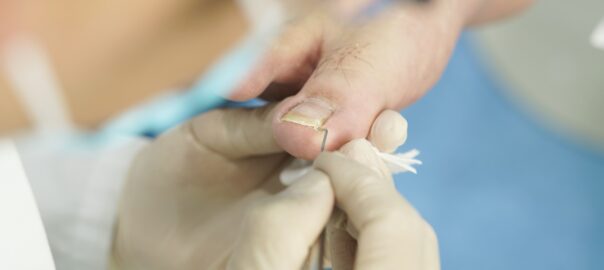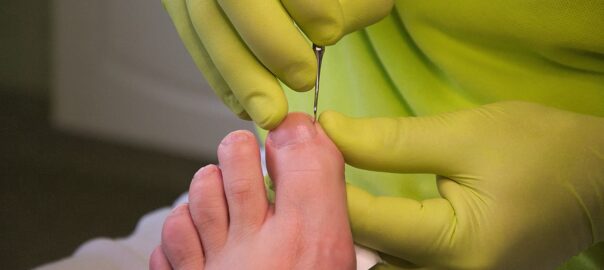Toenail fungus, also known as onychomycosis, can cause a variety of problems, including:
1. **Discoloration**: The toenail may become yellow, brown, or white, losing its natural transparency and healthy color.
2. **Thickening**: Infected toenails often thicken, making them difficult to trim and maintain.
3. **Distortion**: The nail can become misshapen and distorted, which may cause discomfort when wearing shoes.
4. **Brittleness and Crumbling**: The nail may become brittle, causing it to crumble or break easily.
5. **Separation from the Nail Bed**: The infected nail can lift away from the nail bed (onycholysis), creating a space where debris and fungus can collect.
6. **Pain and Discomfort**: As the infection progresses, it can cause pain and discomfort, especially when walking or standing for long periods.
7. **Odor**: In some cases, the infection can lead to a foul odor emanating from the toenail.
8. **Secondary Infections**: The damaged nail can create an entry point for bacteria, leading to secondary bacterial infections.
9. **Spread of Infection**: The fungus can spread to other toenails, fingernails, or even skin (causing conditions like athlete’s foot).
10. **Impact on Daily Activities**: The discomfort and pain can interfere with daily activities, reducing the quality of life.
11. **Psychological and Social Effects**: The unsightly appearance of infected nails can lead to embarrassment, anxiety, and social withdrawal.
12. **Complications for People with Diabetes or Weakened Immune Systems**: These individuals are at higher risk of more severe complications, such as cellulitis (a bacterial skin infection) or other serious infections.
Treating toenail fungus promptly can help prevent these problems and restore the health of the toenails. Treatment options include antifungal medications (topical or oral), laser therapy, and in some cases, surgical removal of the infected nail.






